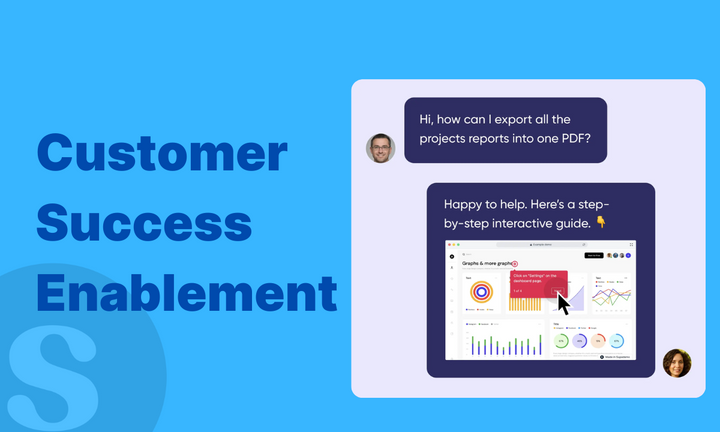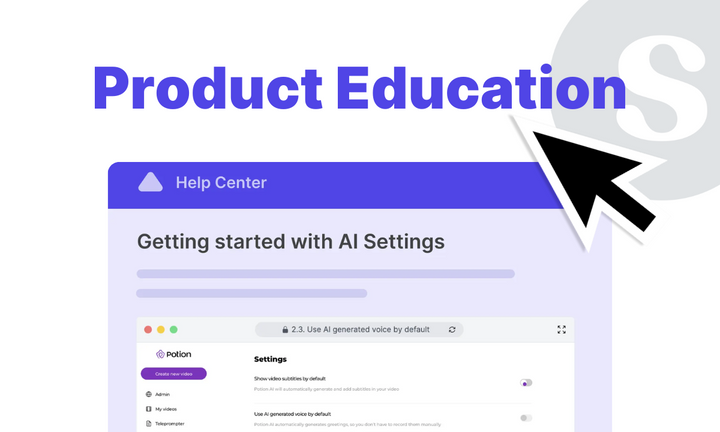Having a comprehensive knowledge base plays a crucial role in optimizing operations and improving customer service in Managed Service Providers (MSPs). Here's an alternative scenario to illustrate why:
Imagine your company heavily relies on a highly skilled support representative who possesses in-depth knowledge about your operations, customers, and more. This individual provides valuable assistance to your frontline staff. However, picture a situation where this representative suddenly leaves the company.
The consequences could be disastrous!
You might suddenly realize that a substantial portion of your organization's customer knowledge was solely dependent on that particular staff member. Despite having various knowledge base tools and competent personnel, it becomes evident that only that representative had insights into your clients' hidden issues and requirements. As a result, your operations could experience significant disruptions.
The lesson here is that you must treat your knowledge base as a valuable resource that requires constant preservation, refinement, review, and updates.
Therefore, in this blog post, we will explore the significance of having a comprehensive knowledge base for MSPs and why Supademo is the optimal platform choice.
What is a knowledge base? A knowledge base serves as a centralized repository of information and knowledge. It is a service commonly utilized by organizations to store and manage content relevant to their products, services, customers, and internal processes.
A knowledge base acts as a reference point for employees, customers, and other stakeholders who require swift and effortless access to pertinent information. MSP documentation can encompass a range of information types, including:
- Manuals
- Policies
- Procedures (such as standard operating procedures)
- Troubleshooting guides
- FAQs
- MSP documentation templates
Organizations can organize and categorize knowledge in various ways, such as by client, target audience, topic, department, product line, and more.
Different technologies and software tools, including wikis, content management systems, and specialized knowledge management software like Supademo, are used to create a knowledge base.
What is a knowledge base for MSPs?
A knowledge base for Managed Service Providers (MSPs) refers to a centralized repository of information specifically tailored to meet the needs of MSPs. This is achieved through the use of MSP documentation software or tools.
An MSP knowledge base typically contains articles, guides, procedures, and best practices related to managing and delivering IT services to clients.
Knowledge base management for MSPs encompasses the following activities:
- Categorizing and personalizing content topics for each customer account.
- Implementing topic restrictions for technicians and client users.
- Offering relevant suggestions for incidents in the self-service portal. Staff and stakeholders can access these MSP knowledge bases through various channels, including web portals, mobile apps, chatbots, and more, based on their requirements.
What does MSP knowledge base management involve?
Effective knowledge base management is crucial for MSPs as it enables them to provide high-quality support to their clients and enhance their service delivery. Several key activities are involved in managing an MSP knowledge base, including:
- Content creation: MSPs must generate high-quality, relevant, accurate, and up-to-date content. Examples of knowledge base content include articles, standard operating procedures, best practices, FAQs, guides, tailored specifically for the needs of MSPs.
- Content organization: This entails structuring and organizing content in a logical and intuitive manner. Content can be categorized based on topics, client types, technologies, and other relevant criteria, making it easy to locate and access.
- Content access management: Knowledge base content can be accessed through various channels, such as web portals, mobile apps, or integration with an MSP ticketing system, ensuring efficient and timely client support.
- Content maintenance: Creating and storing content is not sufficient; regular review and updates are necessary to ensure accuracy and relevance. New articles or procedures can be added, existing content can be updated, and outdated content can be retired.
- Integration: This involves integrating the knowledge base into existing systems and workflows.
- Collaboration and contribution: Encourage collaboration among your team members by allowing them to contribute to the knowledge base. This can be done through a user-friendly interface that allows for easy content creation, editing, and version control. By leveraging the collective expertise of your team, you can continuously improve the knowledge base and ensure it reflects the most current and accurate information.
- Search functionality: Implement a robust search functionality within your knowledge base to enable quick and efficient access to relevant information. A powerful search feature with advanced filtering options can help technicians and customer support representatives find the right content based on keywords, tags, or specific criteria. This saves time and increases productivity when resolving issues or providing assistance.
- Analytics and insights: Gain insights into the usage and effectiveness of your knowledge base through analytics. Track metrics like search queries, popular articles, user feedback, and resolution times to identify areas for improvement. These insights can help you optimize the content, identify knowledge gaps, and refine your support processes.
- Self-service options: Empower your clients and end-users by providing self-service options through your knowledge base. By offering a comprehensive library of articles and guides, you enable them to find answers to common questions and troubleshoot issues independently. This reduces the number of support requests and enhances the overall customer experience.
- Integration with other tools: Integrate your knowledge base with other essential tools and systems used in your MSP operations. For example, integration with a ticketing system allows for seamless access to relevant knowledge base articles during the ticket resolution process. Integration with customer relationship management (CRM) systems can provide context-specific information about clients and their unique requirements.
Why choose Supademo for your MSP knowledge base?
Supademo is an excellent choice for managing your MSP knowledge base due to its unique features and capabilities. Here's why:
- User-friendly interface: Supademo provides an intuitive and user-friendly interface for creating, organizing, and accessing knowledge base content. Its simple and modern design ensures a seamless user experience for both content creators and end-users.
- Customization and personalization: With Supademo, you can tailor the knowledge base to your specific needs. You can categorize content based on client accounts, customize access permissions, and provide personalized experiences to different stakeholders.
- Collaboration and version control: Supademo enables easy collaboration among team members, allowing multiple contributors to create and edit content simultaneously. Version control ensures that you can track changes, revert to previous versions if needed, and maintain a reliable record of content updates.
- Powerful search functionality: Supademo incorporates advanced search capabilities, making it effortless to find relevant information quickly. Its intelligent search algorithms and filters enable users to locate articles, guides, and procedures based on specific keywords or criteria.
- Analytics and insights: Supademo provides comprehensive analytics and insights about your knowledge base usage. You can track metrics such as search queries, article popularity, and user feedback to continuously optimize and improve your knowledge base.
- Integration with other systems: Supademo offers seamless integration with various tools and systems used in MSP operations. Whether it's ticketing systems, CRM platforms, or other essential software, Supademo can integrate with them to streamline workflows and provide contextual information.
Conclusion
A comprehensive knowledge base is essential for Managed Service Providers (MSPs) to deliver high-quality support and enhance their service delivery. By leveraging the right knowledge base management platform, such as Supademo, MSPs can create, organize, and maintain a repository of valuable information for their team members, clients, and end-users. With features like customization, collaboration, powerful search, analytics, and integration capabilities, Supademo enables MSPs to optimize their operations, provide self-service options, and improve overall customer satisfaction.
Checkout our showcase page on our website.









